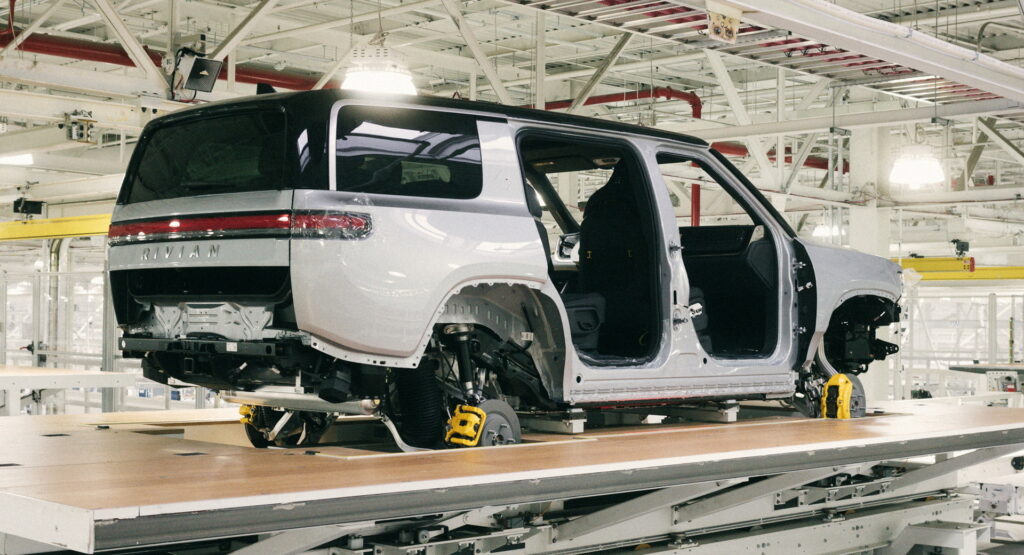Beavers are moving back to Milwaukee.
The American beaver was once a staple of this area at the confluence of three rivers on the shores of Lake Michigan. Then the region’s first European residents made Milwaukee one of their most important fur trading posts. They hunted and trapped beavers for their pelts, and the population declined.
As Milwaukee developed, people turned swamps into industrial land and pumped pollution into the rivers. Soon North America’s largest rodent was all but expelled from the city.
But a few years ago, along the riverbanks in the heart of downtown Milwaukee, people began noticing trees gnawed down to the very top — a telltale sign of a beaver.
Researchers have been tracking beavers at Riverside Park, a few miles north of downtown, for a number of years. It’s also a convenient place to learn about the animals, as it also houses the Urban Ecology Center.
Tim Vargo is the Center’s Research and Community Science Manager. I asked him when was the best time to see a beaver and he suggested going canoeing down the Milwaukee River just before sunset. So one evening in September we tow some canoes down to the river and go in search of beavers.
Amanda Tokuyama, Urban Ecology Center GIS and Field Data Coordinator, and Tyler Vinca, Neighborhood Engagement Assistant for Riverside Park, canoeing down the Milwaukee River in September. (Chris Bentley/Here & Now)
Before we even push off the shore, we see another small mammal. A mink scampers up a tree near where we had just launched our canoes.
Ecologists say the return of wildlife is a sign that ecosystems are recovering. It’s also a sign that beavers, like the people of Milwaukee, are learning to love their native rivers again.
According to Vargo, the return of animals like mink and beaver to this stretch of the river is in line with the city’s attitude towards its waterways.
“Where we’re paddling right now, there were swim schools upstream and downstream. There were amusement parks, ski jumps in winter. There was a lot of skating and canoe tournaments where people would stand in canoes and crowd them together and you’d have something like a big Q-Tip,” he says. “As you passed the other canoes, you tried to push them into the river.”
It’s not hard to imagine why canoe tournaments might have gone out of fashion. But what happened to all the other recreational uses of the river?
“It didn’t take long for pollution to catch up,” says Vargo. “People were encouraged to move away from the river to the lake. So you had that time when you loved the river, until a time when you completely destroyed it. And then there’s probably in the last 20 years, coinciding with the return of some great wildlife, people who invested in them and loved them again and wandered up and down the river.”
There was even a swim race in the river, something that hadn’t happened until a few years ago. “The Cream City Classic is an opportunity to celebrate advances in water quality and to welcome our entire Milwaukee community back to the water as we all raise our expectations of what our water can perform,” it said the race website.
On our canoe trip we spot a few fish, some sandpipers and downy woodpeckers before one of Vargo’s colleagues spots something furry swimming along the shore near a burrow in the muddy river bank. Maggie Steinhauer, research and community science coordinator for the Urban Ecology Center, points out.
“There’s something floating under those hanging plants,” she says as we stealthily paddle closer.
The animal swims past a floating patch of trash and driftwood, but just as we get close enough to get a good look, it dives underwater. Beavers can hold their breath for up to 15 minutes. We wait around but don’t see it again.
An American beaver in the wild. (Chris Bentley/Here & Now)
There are an estimated 10 to 15 million beavers in the United States today, but there may have been hundreds of millions in the past. Vargo says their dams have changed the landscape.
“The amount of engineering they’ve done on our planet is ridiculous,” says Vargo. By altering the flow of water, beaver dams can help filter out pollutants from wetlands, he says. Some ecologists believe that beavers may hold the key to habitat restoration in the American West as well.
“It’s estimated that they just do a lot of environmental cleaning, a lot of services that we spend a lot of money on,” says Vargo.
This is another reason why ecologists are happy about the return of beavers to the cities.
Last year, researchers at the University of Wisconsin Milwaukee found that beavers could significantly reduce flooding in some of the county’s most flood-prone areas.
However, trout fishermen worry that too many beaver dams could pollute their fishing rivers.
But in urban Milwaukee, there’s still room for people to share the rivers with a few beavers.
The sun finally set on our canoe ride and we headed back to shore while bats snapped at bugs overhead.
But was that really a beaver we saw earlier? I never caught a glimpse of that scaly, paddle-like story. Could it have been a muskrat? I had a camera on the canoe and later sent my photos to Christopher Yahnke, a biologist at the University of Wisconsin Stevens Point. He emailed right back.
“Muskrats swim deeper,” he said. “Those cute ears and huge head – definitely a beaver.”





